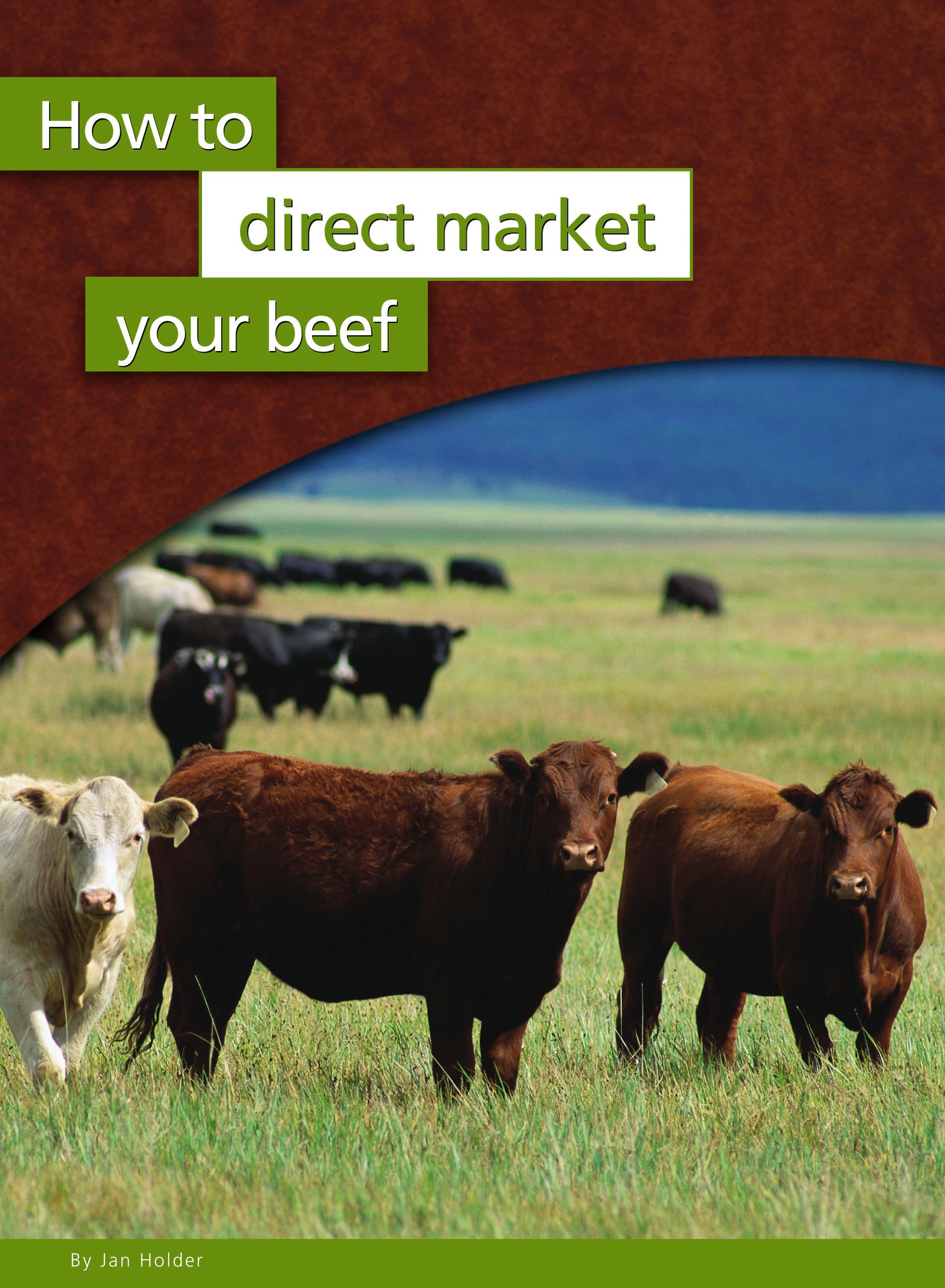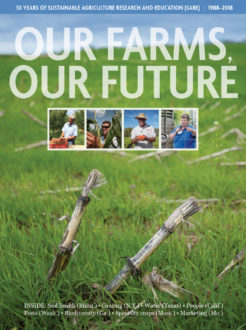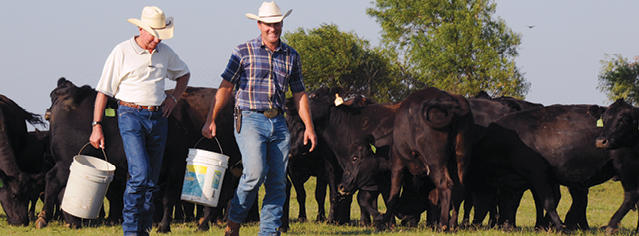Price volatility, environmental concerns and new technologies are driving considerable change in the beef and dairy industries. Changing economic conditions have pushed many out of business: The number of dairy farms in the United States has decreased by 40 percent and the number of beef cow operations dropped 5 percent between 2007 and 2012.
There is a bright spot. Pasture-based systems, once the norm, are regaining ground as a way for farmers to reduce input costs and to capture high-value markets, and they have long been a focus of SARE funding. (See the story, Achieving the Triple Bottom Line Through Holistic Planned Grazing.) For example, results from SARE grants indicate that grazing increases the profit per cow per year by $100 to $200 when compared to confined feeding systems. Savings in feed costs likely account for at least half of the decrease in total costs.
SARE-funded producers, researchers and educators are exploring the economic and environmental benefits of grazing from many angles. Their work is advancing our understanding and use of alternative forage crops, market chains for grass-finished beef, a grass-fed milk market and manure management.
Consumer demand has also been a driving force for ranchers to switch to raising cows on pasture alone. Industry experts maintain that growth in grass-fed beef is very stable, and the market has increased 25–30 percent annually over the past decade. Again, SARE-funded research helps bear this out: In one Michigan project, farmers captured a 25 percent premium by raising grass-fed beef.
By the Numbers - SARE Grants on Grazing, 1988–2017Getting the Word Out

SARE produces dozens of educational resources on a range of sustainable agriculture topics. Grantees produce even more with SARE funding. Here are just a few examples that address grazing:
Print: 14,999 | Online: 33,586
Print: 14,456 | Online: 6,046
“Print” is copies distributed since the date of publication. “Online” is combined downloads and unique page views over a recent six-year period.
Visit the database of project reports to explore SARE-funded research on these topics.
![]()
194 grants | $9 million
![]()
487 grants | $20.9 million
![]()
259 grants | $9 million
![]()
365 grants | $11.2 million
![]()
56 grants | $1.9 million
![]()
573 grants | $17.3 million
![]()
99 grants | $4.6 million
![]()
146 grants | $3.3 million
1,122 grants | $41.4 million
Because some projects address more than one topic, the total is adjusted to remove duplicates.

